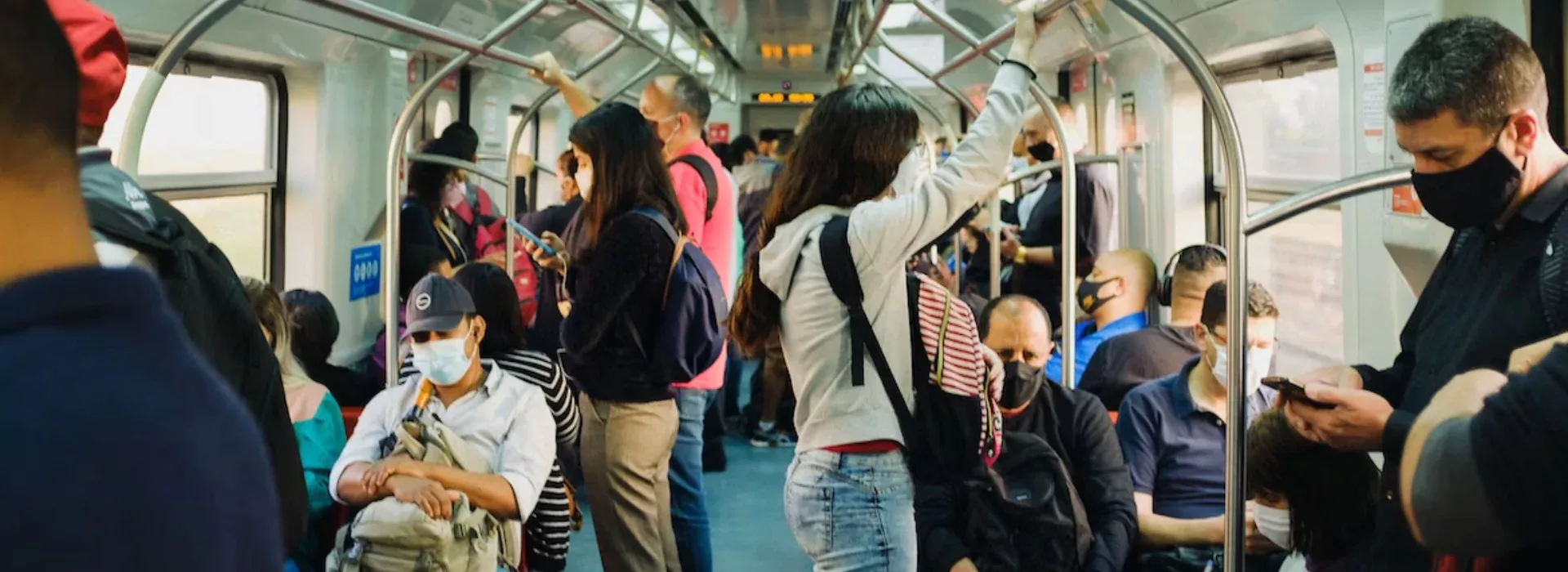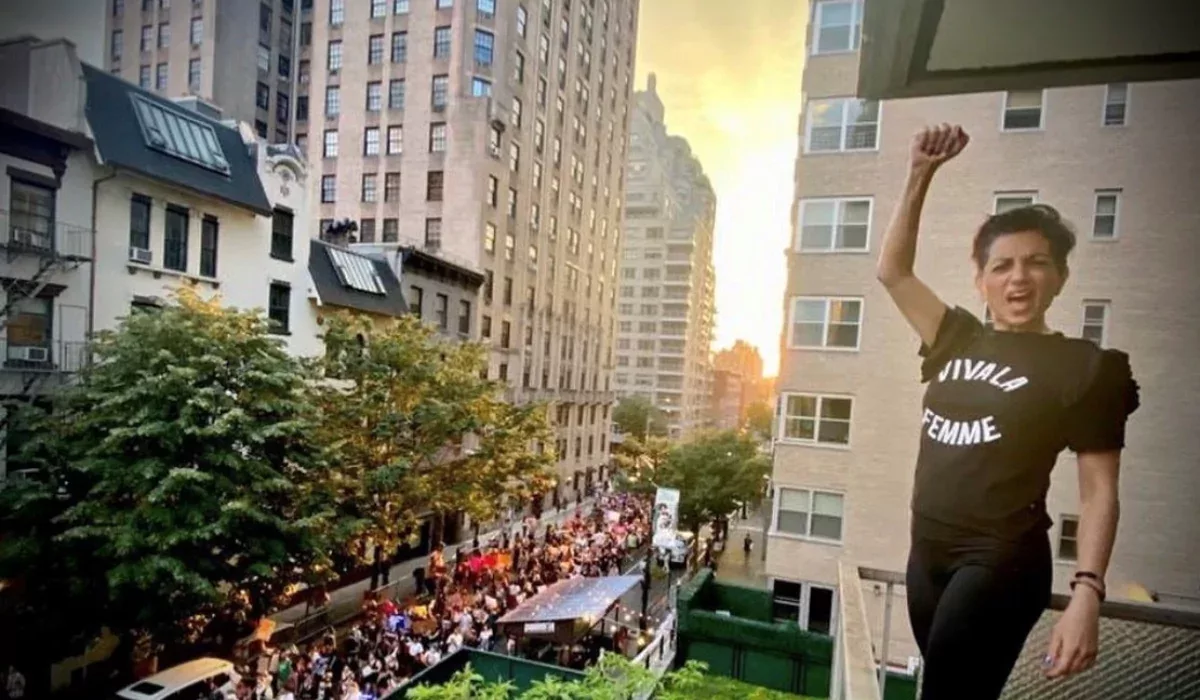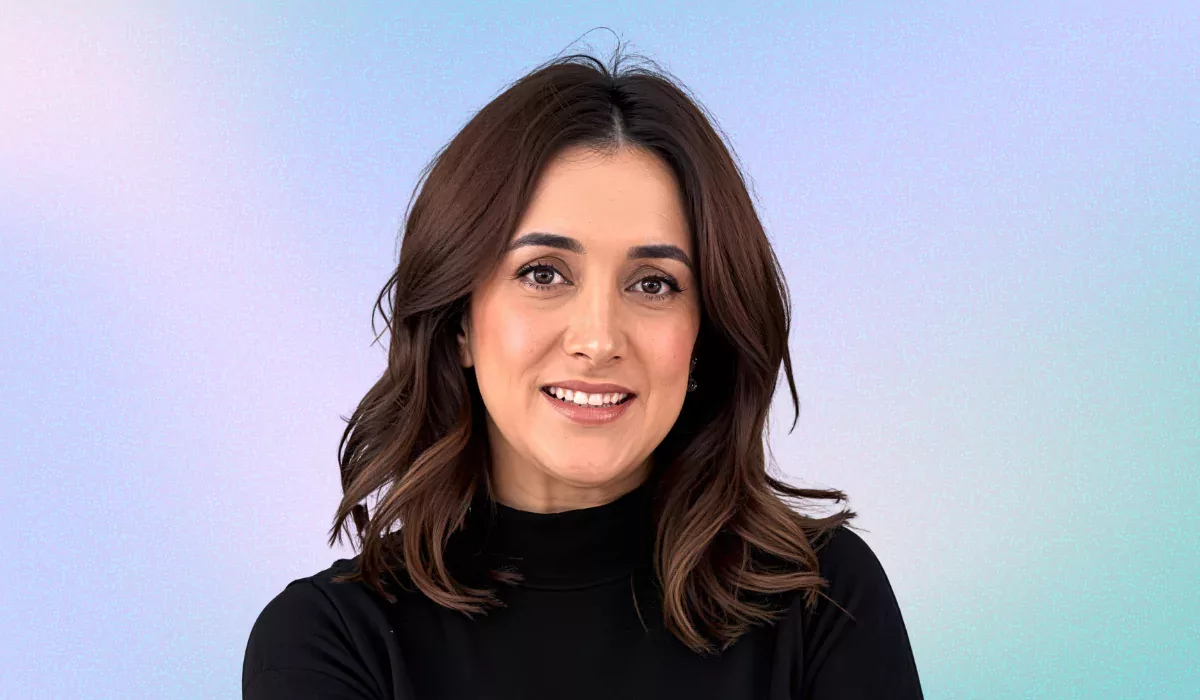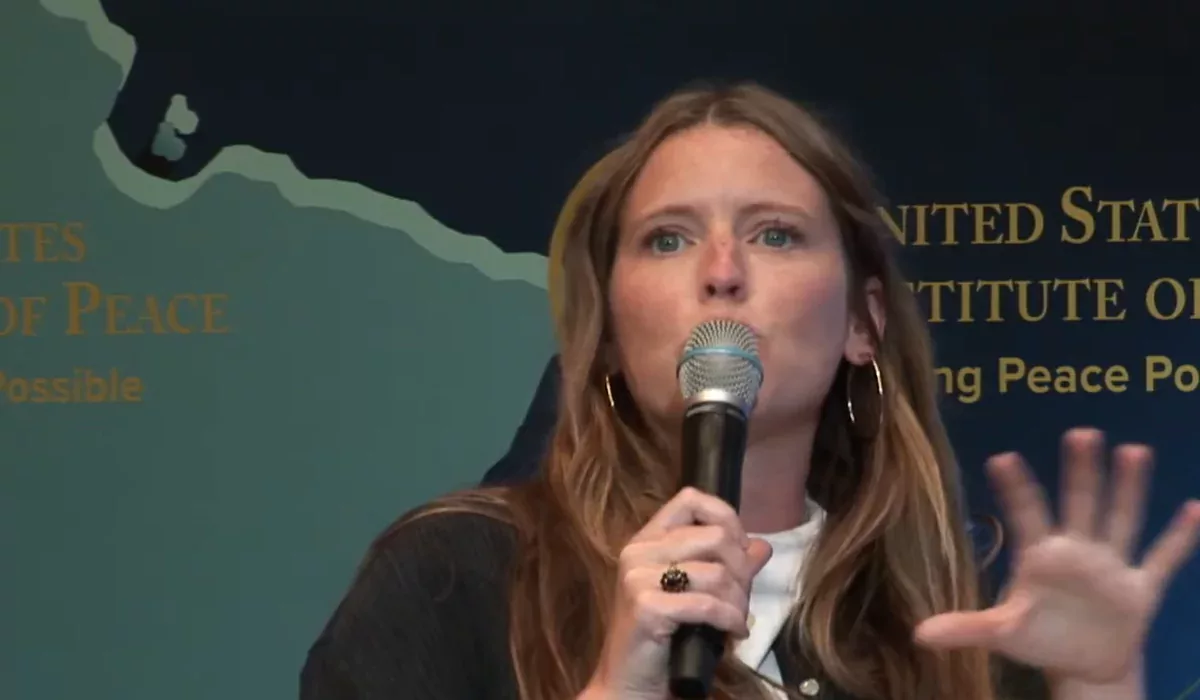
What I’m Struggling With: Cities Designed By and For Men
My journey began in my home country of Morocco, where I worked as a project manager for a big investment institution, eager to make a difference in my community. However, as I delved deeper into the world of real estate and urban development, I realised that something critical was missing: the voices and experiences of women and other vulnerable groups.
Driven by this realisation, I undertook a transformative journey from Morocco to Europe, where I pursued a Master’s degree in Urban Studies 4Cities, hoping to better understand the intersection of gender and urban development. My academic and multicultural stay across Spain, Denmark, Belgium, and Austria enlightened me to the glaring reality that cities were not designed with women in mind, leaving them vulnerable to various forms of discrimination and violence.
I realised that something critical was missing – the voices and experiences of women and other vulnerable groups.
Within this field, it’s a well-known fact that cities are often designed with men in mind (and most often by men too), which can result in the neglect of women’s needs and experiences.
One example is public transportation systems, which are typically shaped around men’s generally more predictable travel patterns and relatively limited need for privacy and safety. This can lead to poorly lit roads or stations, unsafe waiting areas like bus stops, and inadequate (or even non-existent) bathroom facilities.
Statistically, men also drive more and so depend on public transportation less than women, alluding to why the entire system is often under-prioritised. Urban planning often prioritises cars and roadways over pedestrian and bike-friendly infrastructure too, which can also disproportionately affect women, who are more likely to rely on these modes of transportation.
In summary, it’s clear that we need a more inclusive approach to city planning that considers the diverse needs and experiences of all individuals.
Cities were not designed with women in mind…
On top of all this, the urban planning and development sector has traditionally been male-dominated, making it challenging for women to make their mark professionally. Women pursuing a career in this field, as with any other male-dominated profession, face significant obstacles relating to gender discrimination, the pressure to balance work and family responsibilities, limited access to education and training opportunities, and a lack of mentorship and networking prospects.
Those who do still manage to break into the sector then face additional obstacles that hinder their progress due to deeply entrenched gender biases and stereotypes that prevent them from accessing resources, opportunities, and leadership positions. Women’s voices are often marginalised or excluded from decision-making processes, leading to policies and projects that fail to meet their needs.
Of course, these issues are not exclusive to women, affecting other marginalised groups as well, and are present across most other industries. However, as we strive for more inclusive and equitable work environments, it’s essential that we work together to provide equal opportunities and support for everyone in the sector.
In doing so, we are not only creating a more diverse and innovative workforce, but a wider pool of perspectives, experiences, and ideas that will then help us address these complex challenges within global development and urbanisation.
I work tirelessly to advocate for the inclusion of women’s voices in urban development and cooperation.
Personally, as a young Moroccan woman in this sector, I have faced numerous challenges stemming from entrenched racism and sexism. It was often difficult for me to be taken seriously and have my ideas heard. Despite these obstacles, I persisted, determined to create a world where gender equality is not just a buzzword, but a reality.
Now, as a gender and urban consultant, I work tirelessly to advocate for the inclusion of women’s voices in urban development and international cooperation. My work involves analysing the gendered impacts of urban policies and planning, identifying gaps in service provision, and developing strategies to address these gaps. It is incredibly fulfilling to know that my work has the potential to make a real difference in the lives of women, helping to create safer and more inclusive cities for everyone.
Looking back on my journey, I am proud of the resilience and determination I have demonstrated. Despite facing discrimination and adversity, I persevered, carving out a space for myself in a field that desperately needs the perspectives and insights of women.
Achieving gender equality in development and urban planning is crucial for creating inclusive, equitable, and sustainable communities.
Achieving gender equality in development and urban planning is crucial for creating inclusive, equitable, and sustainable communities. Women leaders in these fields are advocating for gender-responsive policies, conducting research on gender and urban development, and developing strategies to increase women’s participation in decision-making processes.
To promote gender equality, it is essential to increase women’s representation in leadership positions, provide equal access to education and training opportunities, and create supportive work environments that accommodate the unique challenges faced by women.
Being a gender and urban consultant is not just a job for me; it is a calling. A calling to create a world where women can live, work, and thrive free from discrimination and violence.


